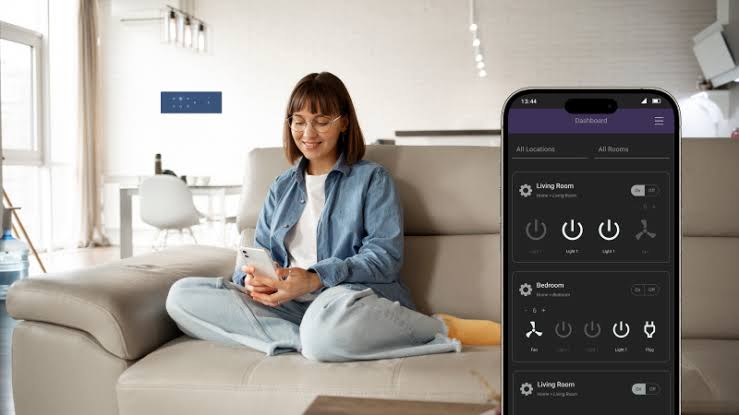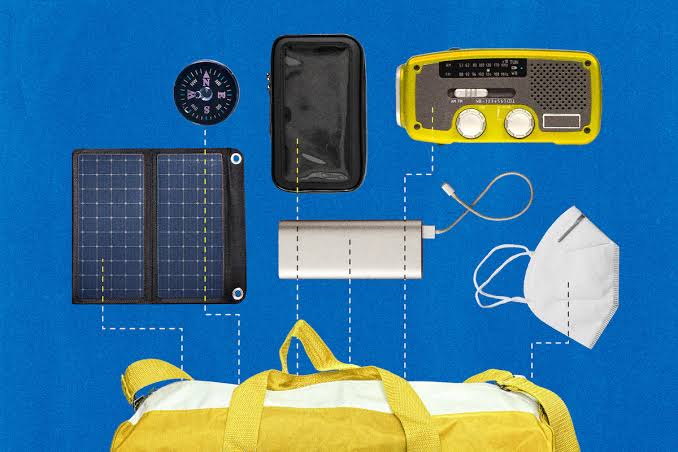Technology has changed a lot in the past few decades, especially in how gadgets are designed. Early devices focused mostly on function, but today’s gadgets combine performance with good looks.
By July 2025, this mix is clearer than ever. From smartphones and wearables to laptops and smart home devices, makers now create experiences, not just tools. The way gadget design has evolved shows how user needs, market trends, and technology have come together to change how we use everyday devices.
The Early Era: Utility Over Appearance
In the early stages of consumer electronics, functionality was the sole focus of design. Devices such as the first mobile phones, personal computers, and handheld gaming consoles were built with basic materials, minimal visual appeal, and limited ergonomic consideration. The priority was clear—engineers wanted devices to work reliably, and aesthetics were an afterthought.
These gadgets were often bulky, heavy, and industrial-looking. Consumers accepted these designs because the mere ability to make a call, store files, or play digital games was groundbreaking at the time. Devices like the original Nokia 3310 or the IBM ThinkPad embodied this utilitarian approach—robust and durable, but hardly sleek or stylish.
The Shift Towards User-Centered Design
As technology advanced and more companies entered the consumer electronics market, competition drove a shift toward more user-friendly design. The early 2000s marked the beginning of what could be described as the age of “form meets function.” Brands began realizing that users didn’t just want gadgets that worked—they wanted ones that looked and felt good to use.
This shift was heavily influenced by companies like Apple, whose iPod and later the iPhone revolutionized not only how devices functioned but how they looked. Minimalist, ergonomic, and intuitive design started becoming industry standards. Touch interfaces, aluminum bodies, rounded corners, and sleek surfaces all became part of the new language of tech aesthetics.
User experience (UX) and user interface (UI) design gained importance. Gadgets became more than tools—they became lifestyle products.
Materials and Craftsmanship in the Modern Era
By the 2010s and into the 2020s, materials began to evolve just as much as the technology itself. Plastic gave way to metal, glass, and composite materials. Manufacturers paid closer attention to textures, finishes, and how a device felt in the hand.
Fast forward to July 2025, and materials science continues to drive innovation in design. Smartphones now feature ceramic backs, flexible OLED displays, and matte titanium frames. Laptops are made with carbon fiber composites to reduce weight without compromising durability. Even earbuds come with sweat-resistant, skin-friendly coatings and charging cases designed like luxury accessories.
These materials do not just improve the look and feel of the gadgets—they contribute to better thermal management, enhanced durability, and improved user comfort, aligning beauty with performance.
The Influence of Minimalism and Personal Style
Minimalism has remained a dominant aesthetic trend throughout the 2020s. Consumers today often prefer clean lines, subtle colors, and clutter-free interfaces. Devices like the iPhone 17, Samsung Galaxy Z Fold 6, and Google Pixel Watch 3 reflect this with their elegant forms and seamless user interfaces.
Another major development is the push toward personalization. Companies now offer gadgets in multiple colors, finishes, and even customizable software themes. This flexibility allows users to express their identity through the tools they carry every day. Wearable gadgets like smartwatches and fitness bands are sold with interchangeable straps, and even laptops now feature customizable lighting and engraved branding options.
The shift from generic design to personal flair shows that aesthetics have become just as important as specs. Users want their gadgets to say something about who they are.
Sustainability as a Design Principle
One of the defining design priorities in 2025 is sustainability. Environmental consciousness is no longer a niche preference—it’s an industry imperative. Gadget makers are now incorporating recycled materials, biodegradable components, and modular designs that allow for easier repair and recycling.
Companies like Fairphone and Framework have made modularity a central theme, proving that ethical design can still be attractive and functional. Major brands have followed suit, offering trade-in programs and designing devices with fewer glued components and more replaceable parts.
Aesthetics in this new era are not just about beauty—they reflect values. A “green” gadget with elegant, eco-conscious packaging and sustainable sourcing is more likely to win customer loyalty.
Integration with Fashion and Daily Life
As gadgets become more integrated into everyday life, their design must also blend with fashion and personal environments. Smartwatches now resemble classic wristwatches, earbuds are sculpted like jewelry, and even smart glasses look more like designer eyewear than tech gear.
This convergence of tech and fashion has created partnerships between tech companies and designers. For example, collaborations between luxury fashion houses and tech giants have produced limited-edition versions of wearables and accessories. In 2025, brands are increasingly emphasizing not just what gadgets do—but how they fit into your wardrobe or workspace.
This trend acknowledges that gadgets are worn, carried, and displayed constantly. As such, they must complement the user’s lifestyle aesthetically as well as functionally.
The Role of AI and Custom Interfaces
Artificial intelligence is playing a bigger role in not just how gadgets work, but how they look and behave. AI now allows devices to adjust interfaces based on user habits, suggest layouts that reduce visual clutter, and adapt to lighting conditions for optimal visual appeal.
Smartphones in 2025 can automatically change wallpaper themes based on your mood or location, while smart speakers light up subtly to match your room’s ambient lighting. This kind of dynamic design makes gadgets feel more alive and responsive, enhancing their aesthetic impact in everyday scenarios.
Software design has evolved alongside hardware, with UI aesthetics now driven by motion, transparency, and personalization. Everything from font choice to notification styles can be curated for elegance and clarity.
Conclusion: The New Age of Functional Beauty
The evolution of gadget design from purely functional tools to aesthetically pleasing and expressive devices reflects the changing expectations of consumers and the growing synergy between technology, design, and identity. In 2025, the best gadgets are not just powerful—they are beautiful, responsible, and personal.
Design has become a deciding factor in the success of a gadget. It’s not just about what a device can do, but how it feels in your hand, how it looks on your desk, and how it reflects your personality and values. As we move further into this era of thoughtful tech, expect gadget design to keep pushing the boundaries—not just of what’s possible, but of what’s desirable.



